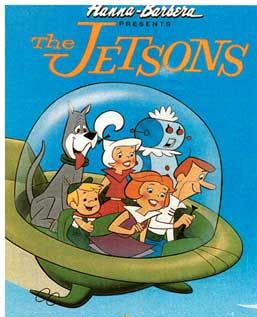Tennis started off with a bang this week. Not one not two but three different events that span the world from Adelaide, Australia to Doha, Qatar and, finally, Chennai, India. Adelaide is hosting the first experiment in round robin format and Chennai and Doha are using old-fashioned single elimination.
Can Lleyton come back from an annoying mix of injuries or has his body had enough and his mind moved on to marriage, family and tennis afterlife?
Since today on the west coast of the US was yesterday in Australia, Adelaide is well underway and what a confusing mess we have in the new hybrid round robin format. First let me introduce you to the three classes of players:
- Sixteen qualifiers play in a single elimination qualifying tournament to win one of four qualifying spots.
- Twelve direct entry players plus the four qualifiers play in a one round main draw elimination playoff for eight spots in round robin play.
- Sixteen players go directly into one of the eight round robin groups – I like to call them the ruling class – and the winner of each round robin group goes into the quarterfinals of the finals playoff.
That’s the format, now let’s look at the schedule. First of all Adelaide starts on Sunday and ends on Sunday so tournaments can get that extra bit of weekend media coverage. Today, which was actually yesterday, saw the last half of qualifying and the first half of the main draw elimination round. When the ATP fantasy tennis game starts up it’s going to be crazy trying to pick the draw because there are now four parts to it when before there were only two. Before we only had to worry about guessing which qualifiers would get into the main draw and who would get to the round of sixteen or the quarterfinals. Now we have to guess the qualifiers, pick the winners of the main draw elimination round, pick the winner of each group and, finally, pick the winner of the finals playoff. Look at this page and this page for a graphic representation of the format. I warn you, it’s not pretty.
I half expect players to get so confused they’ll miss their matches and lose their place in the draw. Kind of like those Olympic athletes who train all their life for a chance at a gold medal then miss their competition because their coach mixed up the start times. If that happened to me, I’d commit hara-kiri.
There are a few interesting stories in Adelaide aside from the hybrid format confusion. Joachim Johansson has returned to the tour after a shoulder injury and it’ll be interesting to see if he can return to the level that put him in the top 10. Do surgically repaired shoulders hold up to the long tennis season? We’ll find out. I’d have bet on Joachim this week. He has an 8-2 record at Adelaide. He’s comfortable here in Lleyton Hewitt’s home town as he used to be the boyfriend of Lleyton’s sister Jaslyn.
Lleyton himself is the other story. He’s down to number 20 in the world which is only good enough for the fourth seed here. Can Lleyton come back from an annoying mix of injuries or has his body had enough and his mind moved on to marriage, family and tennis afterlife? I think he can get to the bottom end of the top 10 or near it because he’s such a combative little bugger, but he doesn’t have the firepower to hang out with James Blake or Andy Roddick or even Novak Djokovic who is the top seed here.
Speaking of rankings, 6 of the top 10 players are active this week. That’s not bad I suppose but this week’s schedule points out the perennial problem with the ATP: too many events in different corners of the world and not enough top players to go around. There are actually four events this week. Hopman Cup in Western Australia is an exhibition rather than a regular ATP event and number 7 Tommy Robredo and number 8 David Nalbandian (that seems strange to write) are in Western Australia instead of Adelaide. And that’s a shame because Adelaide has exactly no players from the top ten. Their highest ranked player is Djokovic at 16. If Adelaide is a symbol of the ATP’s new approach to giving fans more of their top players through round robin play, this is a funny way to show it.

